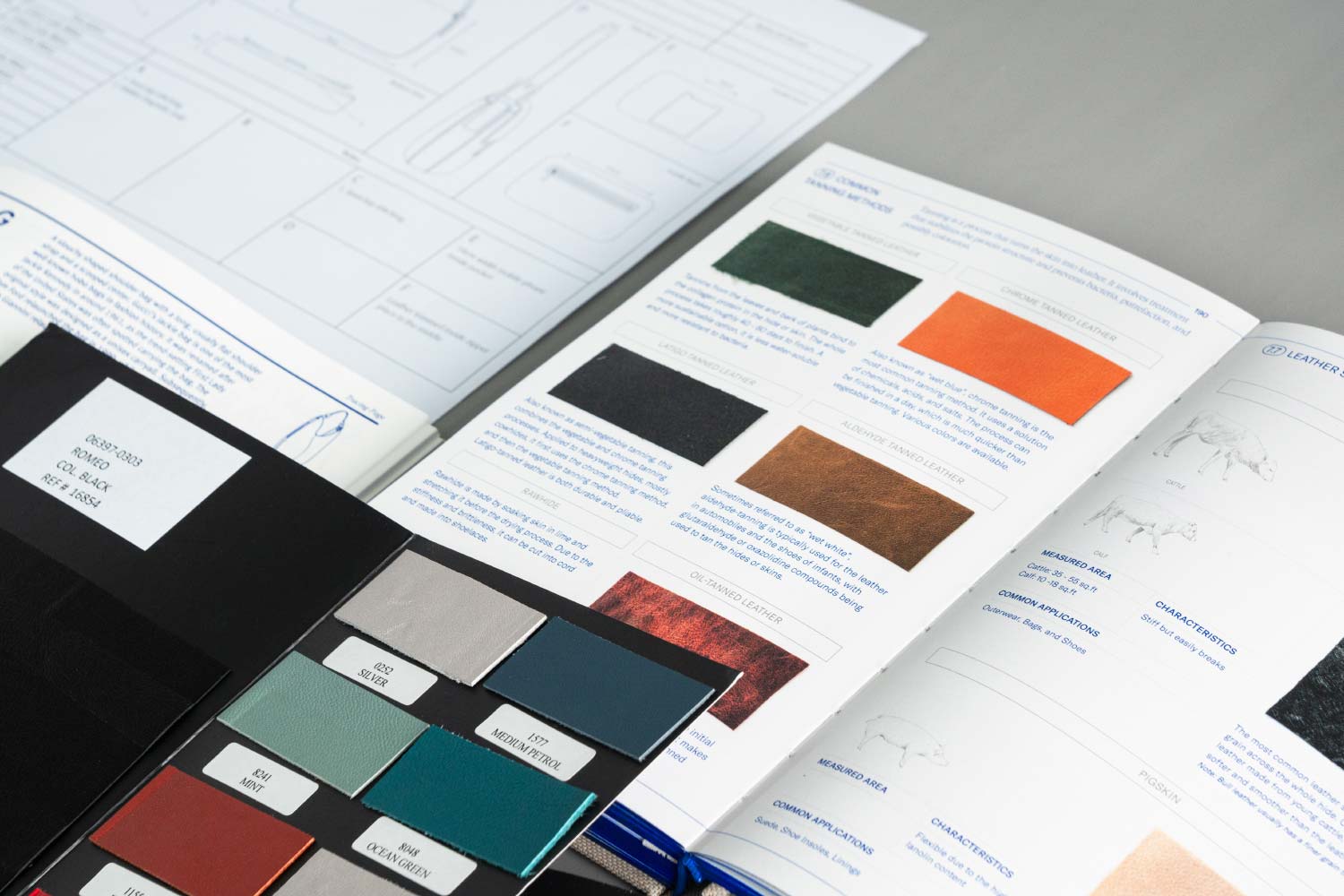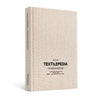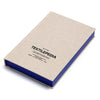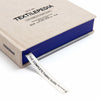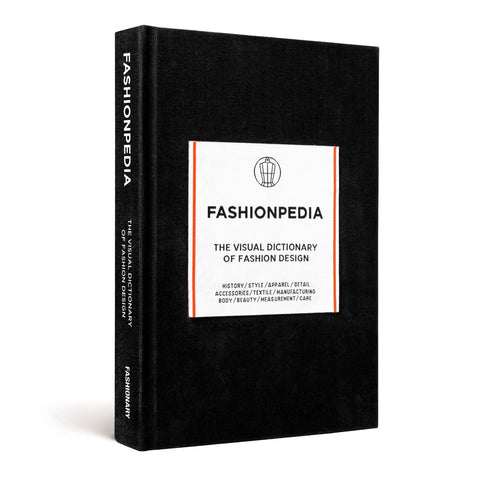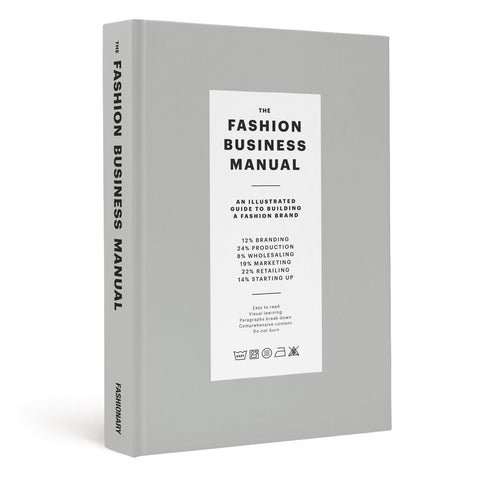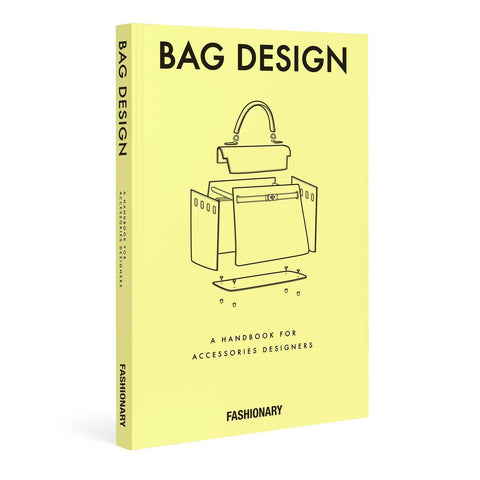- A comprehensive guide covering everything about textiles – from fiber and yarn to fabric construction and finishing.
- Highly visual, featuring realistic fabric photographs for easy visualization.
- Easy to read with a well-organized structure for quick reference and in-depth learning.
- Covers all common natural and synthetic materials, their properties, and practical applications.
- Includes detailed technical insights into fabric construction and weaving techniques.
Textilepedia
- Dimensions: 14 cm (W) x 21 cm (H) x 3.3 cm (D)
- Pages: 248
- Weight: 0.7 kg
- Language: English
- Format: Hardcover
5th Anniversary Exclusive
FREE Fiber Tea Towel for every Textilepedia
To celebrate the 5th Anniversary of Textilepedia, we remake a limited edition of Fiber Tea Towel that show the common natural fibers as a free gift for every purchase of Textilepedia. Order now while stocks last.
Overview
The Ultimate Textile Bible
Textilepedia is an extensive textile dictionary that covers all essential fabric knowledge – from deciphering different types of materials to understanding your finishing options. A balance between text and imagery; it acts as a quick easy-to-navigate guide – simplifying complicated fabric and fiber information using comparisons and relatable stories.

An Easy Guide for Fabric
TEXTILEPEDIA helps to provide answers for your fabric selection:
- Light or heavyweight?
- Rough or soft texture?
- Breathable or not?
- Easy to drape?
- Why do fabrics have different widths?
- What makes a fiber or fabric elastic?
- Which fabrics are best for printing?
- Are all-natural fibers sustainable?

Details
A Portable Textile Library
Textilepedia brings a comprehensive knowledge of textile applications to you. From how to choose fibers, the formation of yarns, the characteristics of common fabrics, and the effects of textile finishing, the book serves as an all-in-one textile information hub.


Visual Oriented - So Easy to Read
When it comes to understanding textiles, information can be tricky to digest – even for designers who work with materials and fabrics every day. That’s why we made sure Textilepedia is presented in a highly-visual, and easy-to-understand way. By incorporating clear and attractive images, illustrations, diagrams and icons, information is a breeze to read, understand, and remember.

THE CHAPTERS
Chapter 1 - Fiber
- How to classify different types of fibers
- The history, characteristics, and maintenance of individual fibers
- Fiber shortcodes
- Alternative substitutions for fibers
- Common types of blended fibers
- How to distinguish different fibers
- Sustainable options for particular fibers

Chapter 2 - Yarns
- Different yarn-spinning types and their pros and cons
- How to calculate the yarn count in different yarn systems
- Different types of ply and yarn twists
- Common types of complex and textured yarns

Chapter 3 - Weaves
- How to distinguish between different types of weaves
- The thread count system
- Principles of the weaving machines
- Common woven fabric properties, applications, and variations
- The stories of different woven fabrics
- Common and alternative choices for particular fabrics

Chapter 4 - Knits
- Types of stitches, wales, and courses
- Yarn count choices for knitting fabrics
- Different cutting types for knitted fabrics
- The principles of knitting machines
- The characteristics, common applications and a knitting diagram of the most common knitted fabric

Chapter 5 - Lace & Netting
- Common types of laces
- The lacing machine and the timeline of lace
- The most common types of netting

Chapter 6 - Non-woven
- Different production processes and the formation of non-woven fabrics
- Common allocations for non-woven and felting fabrics

Chapter 7 - Hides
- How to grade different types of leather
- Classifications of different leathers
- Characteristics of common leather types and their common applications

Chapter 8 - Finishings
- Different dying processes and their properties
- Different printing methods and how to choose the right one
- Functional and aesthetic finishings for fabric enhancement

Chapter 9 - Pattern & color
- Names of common patterns
- Name suggestions for different fabric colors

Details
Practicality comes first
We focus on presenting information using the most practical mindset possible, making knowledge easy to digest and apply. Skip the lengthy theory, and get straight to the information you need to know.
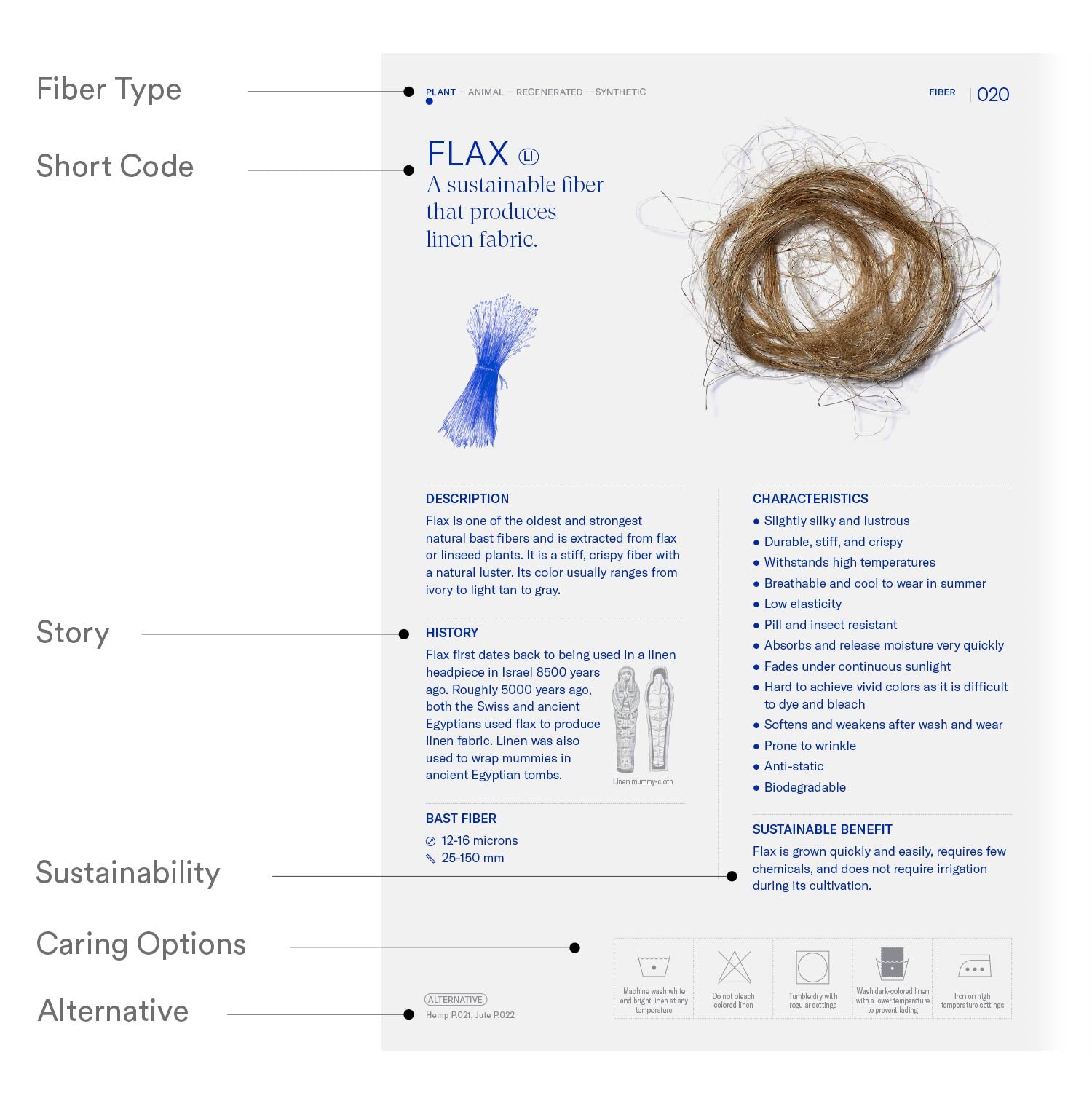

Gallery
Textile Knowledge is the Foundation of Fashion Design
Fashion design is a combination of three important factors: imagination, fabrication, and execution. To ensure a strong fabrication foundation, knowledge of textiles is key. Not only is it the functional base of all your designs, but the stronger your understanding of textiles, the more you will be able to push the boundaries of creativity. Textilepedia will give you a head start in understanding textiles – and give you an edge in your fashion career.






